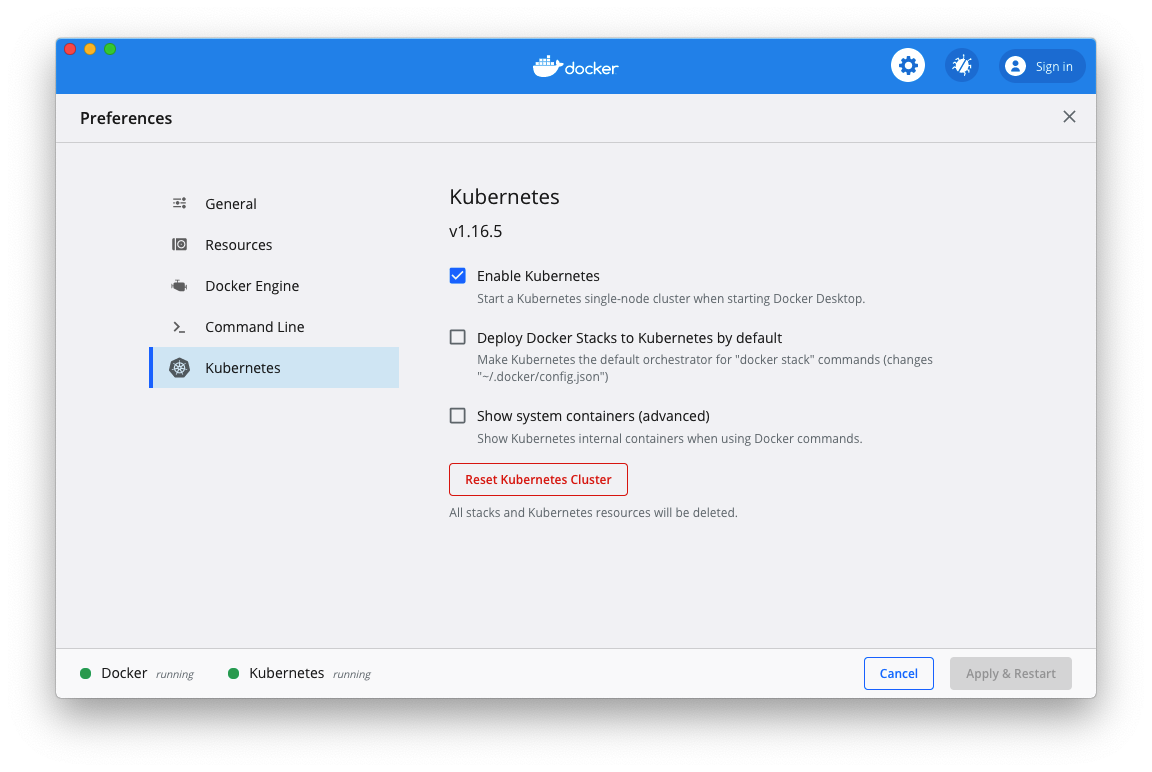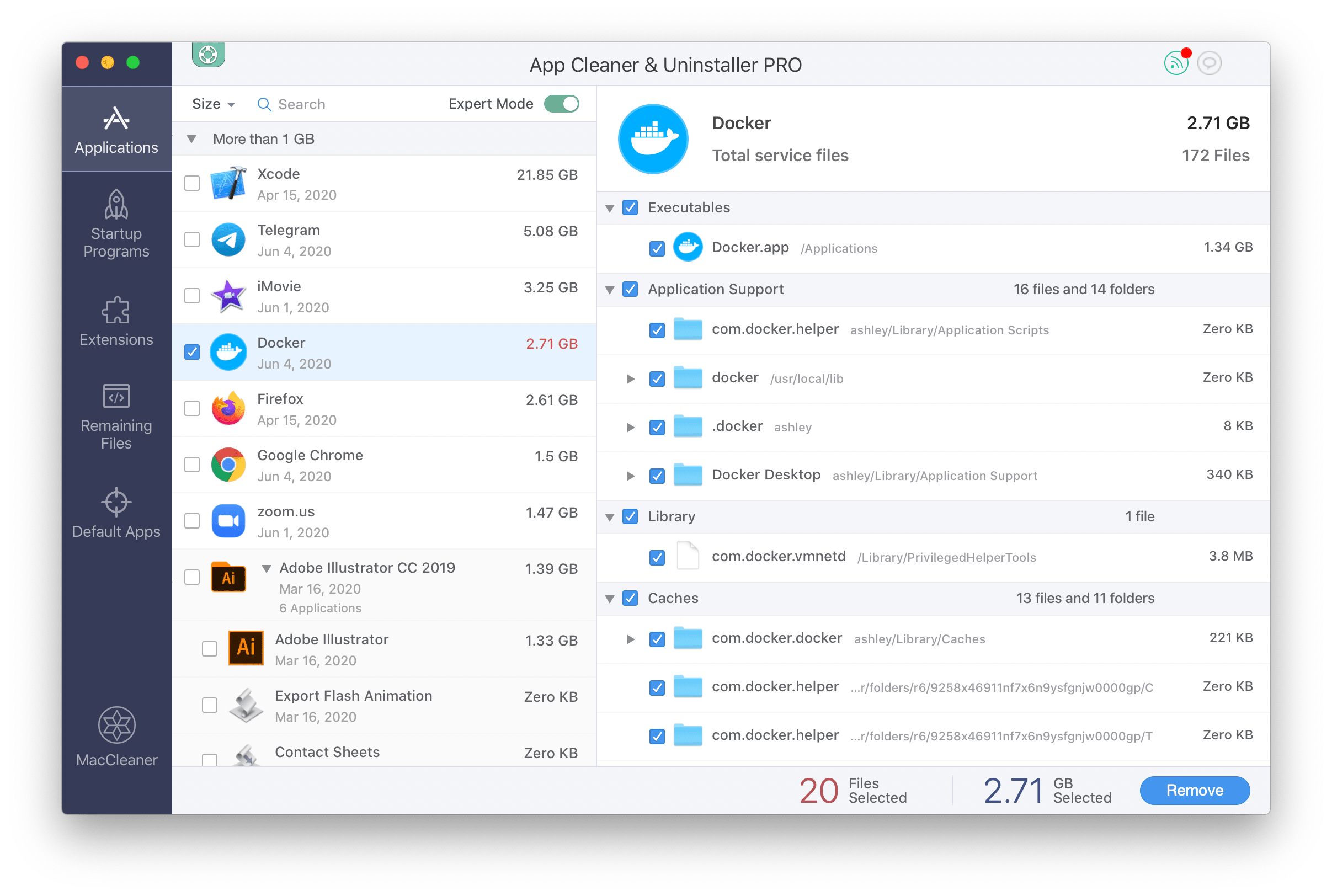
This is for development purpose and will not work in a production environment outside of Docker Desktop for Windows. PING (192.168.65.2 ): 56 data bytesĦ4 bytes from 192.168.65.2: seq = 0 ttl = 37 time =3.075 msĦ4 bytes from 192.168.65.2: seq = 1 ttl = 37 time =0.597 msĭocker for Windows: use ĭocker for Windows have similar solution with Docker for Mac, use .įrom 18.03 onwards our recommendation is to connect to the special DNS name, which resolves to the internal IP address used by the host. can also pass as env var:Ĭontainer # ping This is for development purpose and will not work in a production environment outside of Docker Desktop for Mac. Which resolves to the internal IP address used by the host. The host has a changing IP address (or none if you have no network access).įrom 18.03 onwards our recommendation is to connect to the special DNS name , I WANT TO CONNECT FROM A CONTAINER TO A SERVICE ON THE HOST Or you can just use inside docker VM will ok. Solution Docker for Mac: use įor Docker on Mac, there is a magic ip 192.168.65.2 in docker VM which represent host machine, I have redis running in localhost, when I run a docker VM, I want to connect redis from inside of Docker VM, so I do not need docker-compose for another redis VM.


You should take into account that if the content of a container will never change probably is better to s better to copy content once you are building its Docker image.įinally, if you need to provide changes to a container that has no volumes attached with it and it is not possible to recreate it, there is always the option of copying files directly to a running container. Today, the community was shocked by the sudden news that Docker Desktop for Mac/Win is no longer free -as-in-beer for professional use in larger businesses.

One of the main benefits of using Docker volumes is the ability to change the content/configuration of a container without the need of recreating it. If you need to delete them, you can use the following post to delete the existing Docker volumes running in your system. The docker engine is configured to use these proxies (on .internal) which then either forward to an upstream proxy (if defined) or they fetch the resources themselves. If you followed this tutorial you might have lots of Docker populated volumes. The most recent versions of Docker for Mac have a built-in HTTP and HTTPS proxy (as well as proxies for TCP, UDP, ICMP, NTP and DNS).


 0 kommentar(er)
0 kommentar(er)
